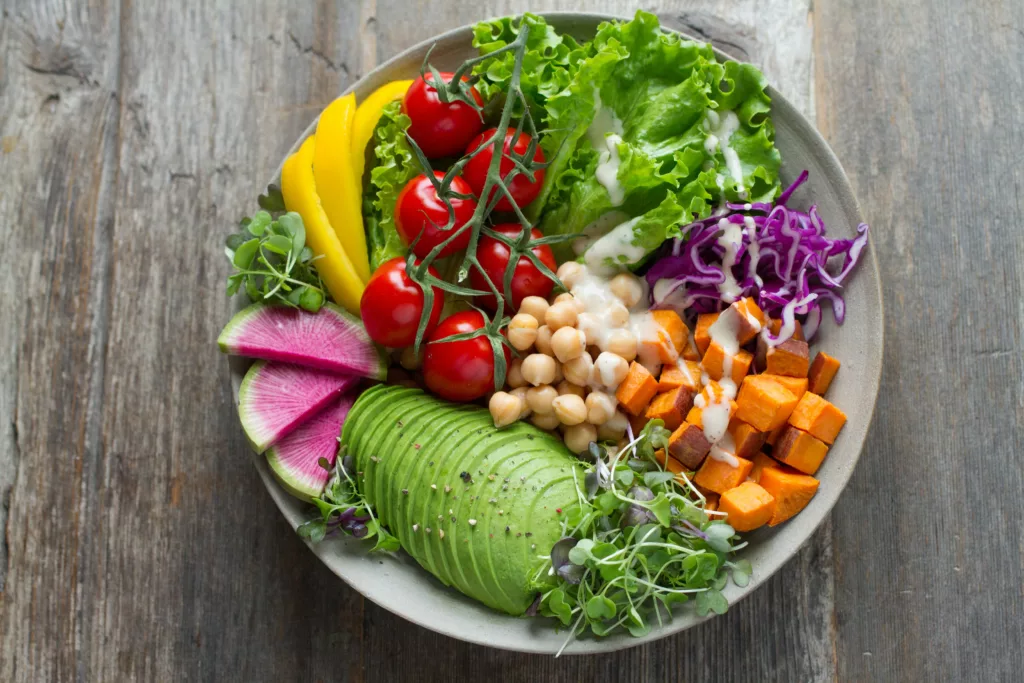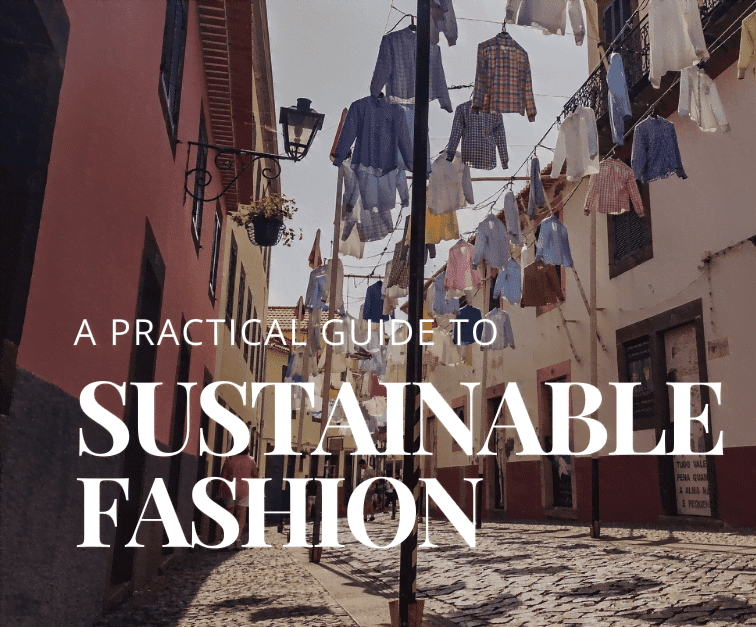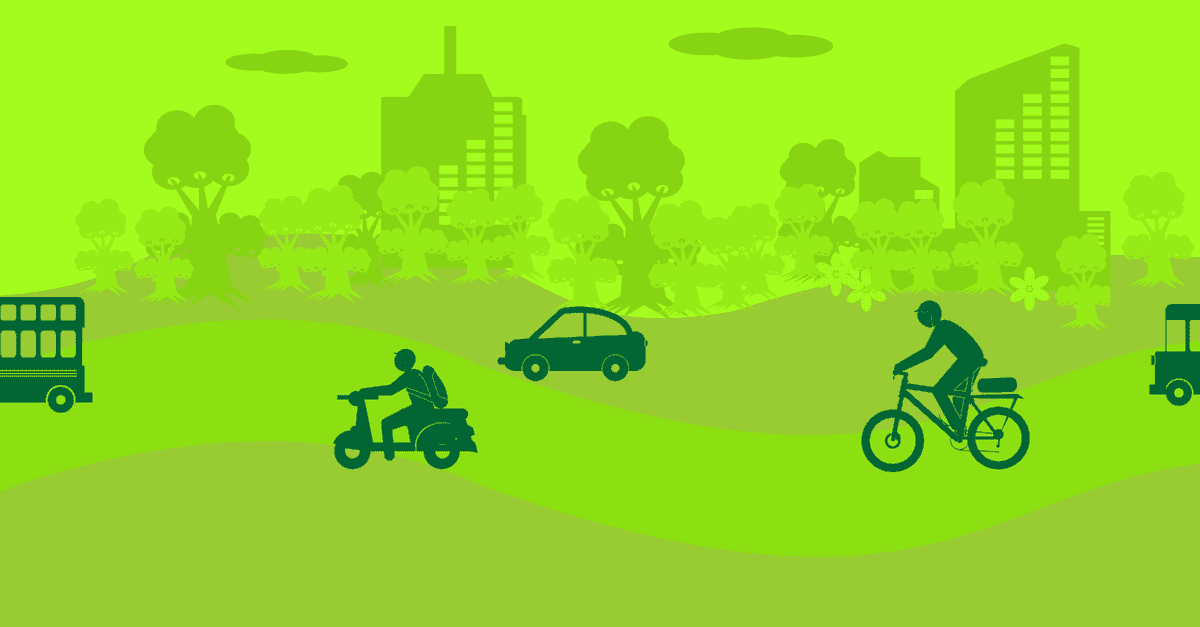Last Updated on June 6, 2024 by Our Editors
Climate change is a pressing issue, and our daily habits can play a significant role in reducing our carbon footprint. In recent years, there has been a growing movement towards eco-friendly eating habits, also known as climate snacking. In this article, we will explore the concept of climate snacking and how it can help us make a positive impact on the environment. We will also provide tips and ideas for incorporating eco-friendly eating habits into our daily lives.

Understanding The Concept Of Climate Snacking
Climate snacking refers to making conscious choices about the food we eat and its impact on the environment. Snacking is a significant part of our daily lives, and the choices we make can have a significant impact on the planet. Climate change is a growing concern, and our food habits are contributing to the problem. The production and transportation of food have a significant carbon footprint, and the choices we make about what we eat can help reduce that impact.
Snacking for climate change involves choosing foods that are produced sustainably and have a lower environmental impact. This includes foods that are locally grown, in-season, and organic. It also involves reducing our consumption of animal products, which have a higher carbon footprint than plant-based foods. Eating a plant-based diet, even if it’s just for snacks, can significantly reduce our carbon footprint.
Another aspect of climate snacking is reducing food waste. One-third of all food produced worldwide is wasted, and this contributes to greenhouse gas emissions. Climate snacking involves being mindful of how much food we consume and using up leftovers or repurposing them into new meals.
What Is Climate-Friendly Food?
Climate-friendly food refers to food that is produced and consumed in a way that minimizes its impact on the environment. The production, processing, transportation, and consumption of food are all significant contributors to greenhouse gas emissions and climate change. Climate-friendly food, therefore, seeks to reduce these emissions by adopting sustainable practices at every stage of the food supply chain.
One of the key features of climate-friendly food is that it is produced using sustainable and regenerative agricultural practices. This includes techniques such as crop rotation, cover cropping, and reduced tillage, which help to improve soil health, increase biodiversity, and sequester carbon in the soil. Climate-friendly food is also produced without the use of synthetic pesticides and fertilizers, which can have negative impacts on the environment and human health.
Climate-friendly food also emphasizes the importance of reducing meat consumption, particularly beef and lamb, which have a high carbon footprint. Plant-based proteins, such as legumes, nuts, and seeds, are a more sustainable alternative, as they require fewer resources to produce and have a lower carbon footprint.
Why Climate Snacking Matters?
Climate snacking matters because it promotes healthy and sustainable eating habits that have a positive impact on the environment. Here are some detailed pointers.
Reducing carbon footprint
By choosing climate-friendly recipes and incorporating more plant-based foods into our diets, we can reduce our carbon footprint and help to mitigate climate change.
Supporting local farmers
Eating locally sourced foods supports small-scale farmers and reduces the carbon emissions associated with transportation.
Reducing food waste
Smart snacking means using up all parts of the food and reducing food waste. This helps to reduce greenhouse gas emissions from landfills and prevents valuable resources from going to waste.
Promoting biodiversity
Choosing a variety of plant-based foods supports biodiversity and can help to protect ecosystems and wildlife.
Improving health
Climate-friendly foods are often healthier, as they are lower in saturated fats and added sugars. This can help to reduce the risk of chronic diseases such as heart disease, diabetes, and obesity.
Creating a more sustainable food system
By adopting climate-friendly eating habits, we can help to create a more sustainable food system that supports the health of people and the planet.
Climate snacking matters because it promotes healthy and sustainable eating habits that have a positive impact on the environment. By choosing climate-friendly recipes, smart snacking, and incorporating more plant-based foods into our diets, we can reduce our carbon footprint, support local farmers, and create a more sustainable food system.
How To Incorporate Climate Snacking Into Your Diet?
While many of us are aware of the importance of reducing our carbon footprint through lifestyle changes, we may overlook the impact of our food choices on the environment. By making conscious choices about what we snack on, we can contribute to a more sustainable future. In this section, we will explore some pointers on how to incorporate climate snacking into your diet, making small but impactful changes that benefit both your health and the planet.
Choose Plant-Based Snacks
One of the most effective ways to reduce your carbon footprint is by opting for plant-based snacks. Animal agriculture is a significant contributor to greenhouse gas emissions and deforestation. By choosing fruits, vegetables, nuts, and seeds as your go-to snacks, you can significantly lower your environmental impact.
Embrace Local and Seasonal
Supporting local farmers and choosing seasonal produce is a key aspect of climate snacking. Locally sourced snacks not only reduce transportation emissions but also help sustain local economies. Additionally, consuming fruits and vegetables that are in season reduces the need for energy-intensive storage and transportation methods.
Reduce Food Waste
Food waste is a major environmental concern. When we throw away food, we waste the resources used to produce, transport, and package it. To incorporate climate snacking into your diet, be mindful of portion sizes and try to use up leftovers creatively. For example, you can turn overripe fruits into smoothies or prepare homemade vegetable chips from surplus produce.
Opt for Sustainable Packaging
Consider the packaging of your snacks. Single-use plastics and excessive packaging contribute to waste and pollution. Look for snacks with minimal packaging or choose options with eco-friendly packaging materials. Better yet, consider making your own snacks at home, using reusable containers.
Incorporating climate snacking into your diet is a meaningful step towards reducing your carbon footprint and promoting sustainability. By choosing plant-based snacks, embracing local and seasonal produce, reducing food waste, and opting for sustainable packaging, you can make a positive impact on the environment.
Top 10 Climate-Friendly Recipes to Much on
Climate-friendly snacking involves choosing snacks that have a lower environmental impact. Here are some ideas for climate-friendly snacks.

- Vegetarian chili
A hearty and satisfying dish made with beans, vegetables, and spices, vegetarian chili is a great source of protein and fiber and has a lower carbon footprint compared to meat-based chili.
- Lentil soup
Lentils are a great source of protein and fiber and are also low in greenhouse gas emissions. Lentil soup is a delicious and healthy way to incorporate more plant-based protein into your diet.
- Quinoa salad
Quinoa is a nutritious grain that is high in protein and fiber. When combined with fresh vegetables and herbs, it makes a delicious and satisfying salad that is perfect for lunch or dinner.
- Roasted vegetable pasta
Roasting vegetables brings out their natural sweetness and flavor, making them a delicious addition to any pasta dish. Use whole-grain pasta to make this dish even more nutritious and climate-friendly.
- Vegetable stir-fry
A colorful and flavorful dish made with fresh vegetables and a variety of spices, vegetable stir-fry is a great way to incorporate more plant-based foods into your diet.
- Cauliflower “steaks”
Cauliflower is a versatile vegetable that can be cooked in a variety of ways. When sliced into “steaks” and roasted with herbs and spices, it makes a delicious and satisfying main dish that is low in greenhouse gas emissions.
- Chickpea curry
Chickpeas are a great source of plant-based protein and are also low in greenhouse gas emissions. A flavorful and warming dish, chickpea curry is perfect for a cold winter evening.
- Mushroom and lentil shepherd’s pie
A vegan twist on the classic shepherd’s pie, this dish is made with a hearty combination of lentils, mushrooms, and vegetables, topped with mashed potatoes. It’s a delicious and satisfying meal that is also climate-friendly.
- Roasted vegetable tacos
Tacos are a popular and easy-to-make meal that can be customized with a variety of fillings. Use roasted vegetables as a climate-friendly filling and top with fresh herbs, salsa, and avocado.
- Fruit and nut oatmeal
Oatmeal is a healthy and nutritious breakfast option that is also low in greenhouse gas emissions. Adding fresh fruit and nuts to your oatmeal makes it even more delicious and climate-friendly.
Incorporating these climate-friendly recipes into your diet can help reduce your carbon footprint while also supporting your health and well-being.
How to Incorporate Smart Snacking Into Your Diet?
Smart snacking refers to the practice of making healthier snack choices that are nutrient-dense and low in calories. Here are some tips on how to incorporate smart snacking into your diet.
- Plan ahead
One of the key ways to incorporate smart snacking into your diet is to plan. This means making a list of healthy snack options and having them on hand so you can reach for them when hunger strikes. Examples of healthy snacks include fresh fruit, vegetables, nuts, and seeds.
- Keep healthy snacks visible
Another way to make smart snacking a habit is to keep healthy snacks visible and easily accessible. This means keeping a bowl of fruit on the counter, having cut-up vegetables in the fridge, and storing healthy snacks in clear containers so you can see them easily.
- Avoid processed snacks
Processed snacks are often high in calories, sodium, and unhealthy fats. Instead of reaching for chips or candy, try to choose snacks that are whole foods or minimally processed. Examples include air-popped popcorn, roasted chickpeas, or whole-grain crackers with hummus.
- Choose protein-rich snacks
Protein is important for satiety and can help you feel full for longer. Choose snacks that are rich in protein, such as Greek yogurt, hard-boiled eggs, or edamame.
- Practice mindful snacking
Mindful snacking involves paying attention to the food you’re eating and enjoying it without distraction. This means avoiding mindlessly snacking in front of the TV or computer, and taking the time to savor and enjoy your snacks.
- Portion control
While healthy snacks are a great choice, it’s important to practice portion control. Even healthy snacks can lead to weight gain if eaten in excess. Use small plates or bowls to help you keep your portions in check.
Summing It Up!
In conclusion, climate snacking is an important step towards creating a more sustainable and eco-friendly future. By choosing climate-friendly recipes, incorporating smart snacking into your diet, and reducing your carbon footprint, you can make a positive impact on the environment while also supporting your own health and well-being. Small changes in your eating habits can add up to a big impact on the planet. So let’s make the switch to climate-friendly food choices and snack smartly for a healthier and greener future.
Join the eco-friendly food movement today with Ecowiser! Explore our resources and products to learn more about sustainable eating habits and make a positive impact on the planet. Start your eco-friendly journey now.














